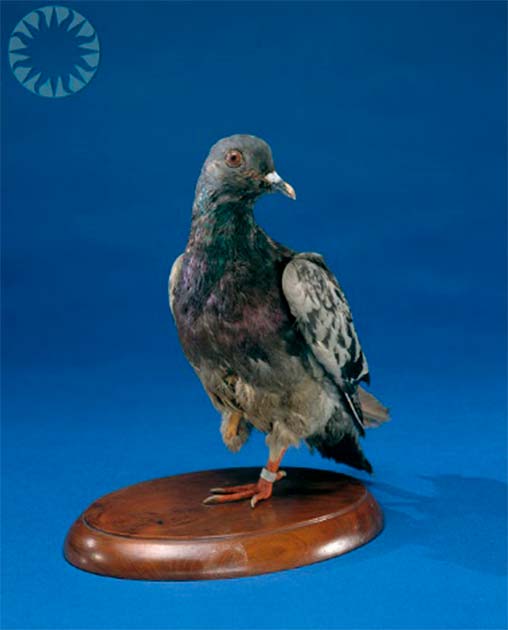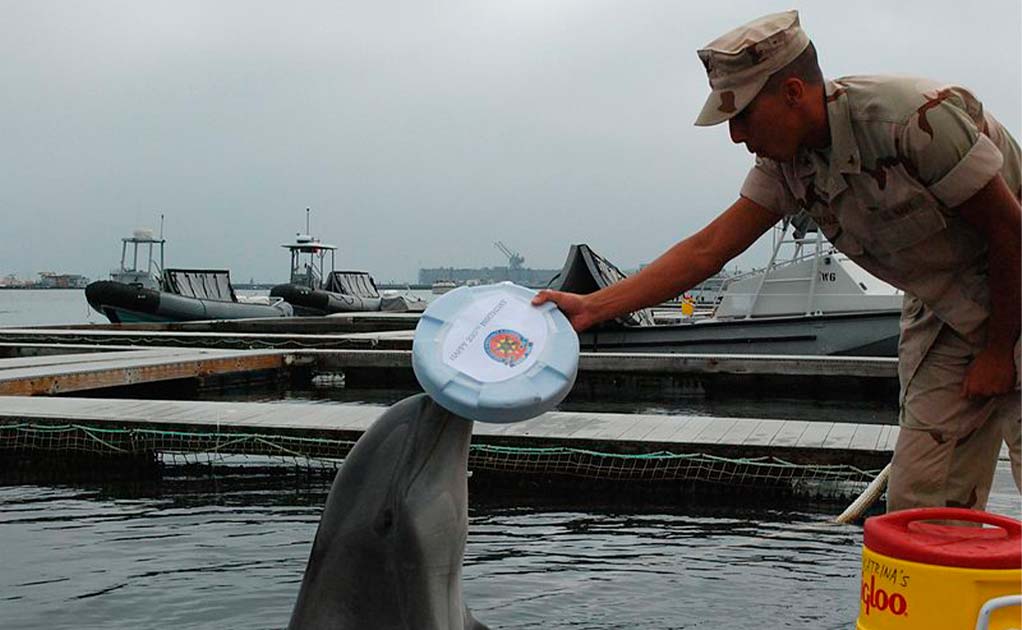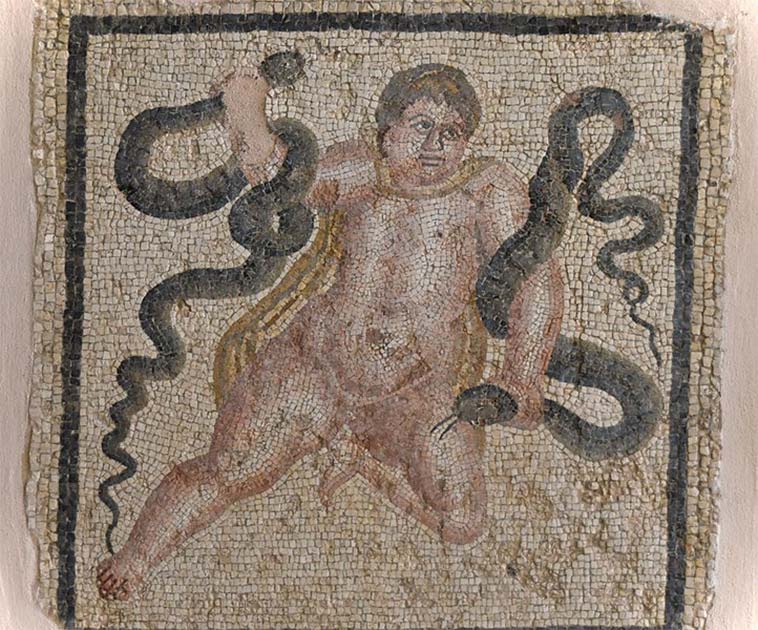The world of warfare, and especially that of espionage, is one of endless invention. Spurred by a Cold War lasting half a century, half the game is coming up with something your opponent does not expect.
The other half, of course, is making it work. For every poisoned umbrella or undetectable listening device, there were innumerable good ideas which just couldn’t be made to work, like the CIA’s inflatable plane or the enormous Soviet flying ekranoplan dubbed the “Caspian Sea Monster”.
Given all this, while it was inevitable that both sides would turn to the animal kingdom in search of that edge in the conflict, the outcomes of such experiments ranged from the undeniably effective to the laughably self-destructive.
Here are ten such times animals were used for war.
Homing Pigeons
Homing pigeons were used extensively during World Wars I and II to carry important messages across enemy lines, proving to be invaluable assets in intelligence operations. Such communications proved resilient and discreet, and offered a very difficult target to the enemy.
There was even an example of such a pigeon directly saving lives, through delivering an essential communique when there was no other way to pass the message along. The pigeon, named Cher Ami, had been incorporated in the US Signal Corps alongside 600 other pigeons and sent to France to support communication in World War One.

Stationed with the American soldiers of the 77th Division deep in the Argonne Forest, surrounded and taking fire from both sides, Cher Ami covered a distance of 25 miles (40 km) to alert the American base of the situation. Subsequently, the US artillery shifted the firing positions toward the German forces and offered the 77th a chance to escape.
Elephant War Agents
From discreet messages saving to something more forceful, the story of elephants in warfare is a long and distinguished one. These intelligent, empathetic creatures could be trained to fight in combat, where throughout history they presented a formidable foe.
Elephants were involved in many important battles, primarily in ancient India where they were used by rival empires fighting themselves, and against the ancient Chinese. The use of elephants in battle also made its way to the Mediterranean, most famously with Hannibal leading an army of them over the Alps to the very gate of Rome.
Elephants were useful for more than just their brute strength, however. Their intelligence and memory allowed them to form very effective warning beacons, and they were also extremely useful in construction: in an era before heavy plant and machinery, there was nothing like them for moving earth and raising stockades.
Canine Couriers
It should come as no surprise that man’s best friend also has a role of the battlefield to which they are perfectly suited. Dogs have been used historically to carry messages and even small packages discreetly, taking advantage of their speed and agility to avoid detection.
Dogs were also used for other, less obvious purposes. Special, small carts puled by dogs in the First World War would be used to transport injured soldiers or munitions, mainly by the Austro Hungarians.
- Cher Ami: The Most Important Pigeon in History?
- (In Pics) Man’s Best Friend: Why Do Our Dogs Look Like That?
But of course, anything that trainable, that fast and with that many teeth could also be bred for attack. War dogs were a common feature across the armies of antiquity, fast moving and tireless shock troops who could break an army’s front line, allowing the attackers to capitalize on the confusion.
Cat Spies
We all knew cats were secretly spies, I think, but perhaps not to this extent. During the Cold War, the CIA reportedly initiated “Operation Acoustic Kitty,” a plan to use cats equipped with electronic devices to spy on the Soviet Union.
With a microphone in the cat’s ear and a radio transmitter implant base of its skull, the cat could discreetly record conversations in whatever room it had entered. And, as we know, cats go wherever they like.
Sadly, in practice this did not work. The first cat deployed to record a conversation was immediately hit by a car and died. However the main problem was getting the cats to do what the CIA wanted, which will come as no surprise, and the project was eventually abandoned.
Dolphin Naval Agents
The US Navy has trained dolphins for various tasks, including reconnaissance missions, due to their intelligence and natural sonar abilities, which surpass any technology created by humans.

The US Navy first created the Navy Marine Mammal Program (NMMP) in the 1960s with two primary goals: to study the sonar capabilities of dolphins to learn how to better detect objects underwater, and to study dolphins when diving to improve the speed and depth capabilities of Navy ships and submarines.
Today, there are five “teams” of Military Marine Mammals and humans used by the Navy. The teams are named MK4, MK5, MK6, MK7, and MK8, and each team has different functions. The teams are trained to detect sea mines tethered to the ocean floor, to retrieve underwater items, and to assist Navy divers.
Bat Bombs
During WWII, there was a plan devised to use bats as bomb carriers, known as “Project X-Ray”. The brainchild of an eccentric US dental surgeon named Dr. Lytle S. Adams, the idea was to drop canisters of explosive-strapped bats over mainland Japan, with the bats spreading the explosions across a wider area than a conventional bomb could.

In 1942, Adams sent a letter to President Franklin D Roosevelt in which he had attached “a proposal designed to frighten, demoralize, and excite the prejudices of people of the Japanese Empire.” And FDR, perhaps with a lack of forethought, said yes.
However, the idea did not work. The bats would either die during the descent, or choose their own direction of flight which would often not be the intended target. By the time the project was retired, the only notable things destroyed by these bat bombs were the buildings of the Carlsbad testing range where the bombs were developed.
Scorpion Assassins
Ancient texts and folklore suggest that scorpions were used by spies and assassins for covert operations to deliver deadly stings to their targets. Such methods of murder, although unreliable were discreet, untraceable, and permitted targets to be reached behind the tightest of defenses.
- Military Marine Mammals: A History of Exploding Dolphins
- The Bat Bombs of WWII: Presidentially Approved, Totally Crazy?
The problem is that historical evidence for the use of scorpions in this way is somewhat scant. While they seem an obvious tool for clandestine murder, we do not have any reliable evidence that such a murder was carried out, apparently ever.
This might make the use of scorpions in this way more of a fanciful narrative device, something that belongs in 1,001 Arabian Nights rather than in actual history. Such a method of execution is perhaps too complex for the real world.
Snake Surveillance
We run into a similar problem with spy snakes. In ancient civilizations, there are accounts of snakes being used for surveillance due to their stealth and ability to access hard-to-reach places.
They were sometimes used to carry small listening devices or other espionage equipment, or to act as assassins in their own right. Perhaps the most famous story about snake assassins is that of the childhood Heracles.

Heracles was born of Zeus and a mortal woman. After learning about Zeus’s tryst and (another) new baby, Zeus’s wife Hera sent snakes into the infants’ cradle to kill them. In tiny Heracles saved himself, and his brother, by strangling the snakes.
Raven and Crow Messengers
In various ancient cultures, ravens and crows were believed to be messengers of the gods. Most famously, the Norse god of war Odin had two famous ravens, named Huginn and Muninn.
These ravens were the god’s eyes, travelling the world and bringing information to Odin. They were most interested in great battles and bloodshed, and to this day ravens and crows are often found on fresh battlefields, feasting on the dead.
Corvids (the family to which ravens and crows belong) are however also among the most intelligent of all animals, and this has made them useful for more down-to-earth tasks. Crows have through history been allegedly used to carry small notes or messages discreetly, due to their trained homing abilities.
Insect Drones
How we are in the realms of future tech, and potentially the technology used here is still being developed. Nevertheless, while all this is classified, what little has been leaked does suggest that insects fitted with behavior-altering microchips are being used as tiny surveillance drones.
This would make sense, as insects are extremely small, ideally designed to hover in place undetected, and common the world over. Such (literal) bugs may represent the ultimate in secret surveillance.
However, this tech may soon be superseded by our own drone technology. With the increasing sophistication of such technology, and improvements in miniaturization, the fly on the wall in the conflict of the future may be metal, not organic.
Top Image: Dogs are one of several animals used in warfare for hundreds of years. Source: Meysam Azarneshin / Adobe Stock.
By Joseph Green